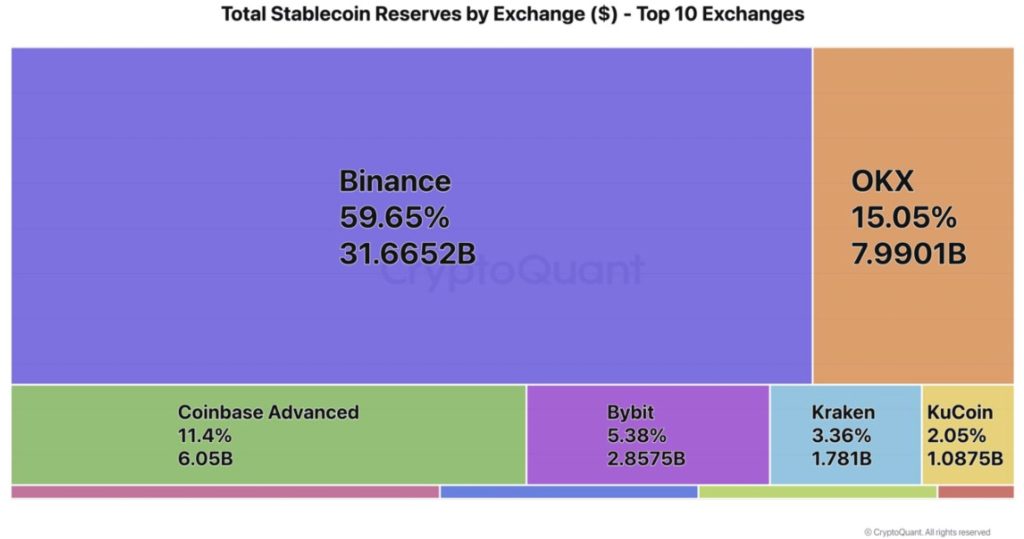C-suite executives can’t afford to grind their gears as the generative AI speed train races through industries worldwide.
To be successful in the AI era, IT leaders must foster open communication with teams and help them upskill, reskill or even just change the way the organization thinks about work.
getty
Generative AI is poised to forge whole new ways corporate employees work together—if C-suite executives stop to consider how educating employees on these virtual assistants can help boost productivity and customer innovation.
Should the CEO lead the way? Or the CIO, as the tech leader? The answer is both—along with the entire C-suite pulling in one direction.
“I think it’s important we take a human-centered approach to AI and talk to our people about how it enables them to do more,” says Karen Plotkin, SVP of Client Strategy for Dell Technologies, who discussed the role leaders have in showing employees how to use GenAI tools during a recent podcast.
Plotkin likened GenAI to an “Ironman suit” employees can don to augment their work at a much greater scale than is currently possible. “We have to get our team members excited about that.”
Organizations Lag in GenAI Adoption
Plotkin’s right—and yet this is where (most) organizations are going woefully wrong. The bulk of GenAI adoption is happening at the grassroots level.
Yes, some employees are using GenAI tools such as ChatGPT and Midjourney to create content, but leaders are slow to institute formal education that will help other workers ease into these new technologies.
Indeed, only 11 percent of IT decision makers are using GenAI widely across their organizations, according to Dell Technologies research. And 71% of leaders surveyed by KPMG said it will take one to two years before they launch their first GenAI solution.
Good old-fashioned FUD (fear, uncertainty and doubt) no doubt factor into the hesitancy. Some employees harbor concerns about using new technologies they fear may one day replace them—even if most experts assert that GenAI technologies augments rather than supplants most work.
“We have to talk about augmentation or talk about putting on your AI Ironman suit and think about all of the other things that you can do with that,” Dell’s Plotkin said.
Executives meanwhile have security and privacy concerns. With fears of data breaches and insider threats looming large, no CEO wants to sit atop a company that gave away troves of proprietary information to public GenAI chatbots.
A whopping 92% of execs KPMG surveyed said GenAI implementation introduces moderate to high-risk security concerns, with 47% indicating they are still in the initial stages of evaluating risk and risk mitigation strategies pursuant to GenAI.
What You Can Try with GenAI
No one is minimizing such concerns here, but failing to explore how these technologies may be harnessed to boost productivity for employees and innovation for customers borders on negligence.
Even as you twiddle your thumbs, some of your rivals are dabbling in GenAI to boost employee productivity, or even to enhance customer value. The latter activity could one day lead to new revenue streams, or at the least the creation of a critical new business process.
Improving employee productivity is an obvious target area for GenAI. For instance, employees may use GenAI to reduce the mental lift of crunching analytics data and plugging it into presentations, says Dell’s Plotkin. Ideally, this could empower employees to focus more on storytelling or building narratives based on the data.
There are numerous other activities to which corporate leaders may direct staff to test and learn.
Marketing strategies. The creativity inherent in GenAI tools helps marketers devise and execute marketing strategies and content. For example, the applications can help those who are suffering writer’s block start content, such as looking for the perfect metaphor, wordsmith copy in process and write a punchy conclusion.
Product design. Products concepts come from the eternal wellspring that is human imagination. GenAI can execute likewise by, for example, recommending new ways and materials to design and build anything from basic tools and processes to major product launches.
Customer journey mapping. Computers find optimal solutions to tough problems. Customer journeys present lightweight puzzles that smart applications can help solve. Organizations might use GenAI tools to improve customer service and improve Net Promoter Score and other ratings.
Code generation. GenAI can serve as a pair programmer that liberates developers from tedious script writing. If you thought low-code and no-code solutions was hot among the business employee cohort, GenAI will be a turbocharger for the next wave of citizen development.
You’re Already Late So Don’t Wait
Those are just a handful of examples of how C-suite executives might blaze a trail with GenAI education at their companies. Fortunately, corporate leaders can also lean on vendor partners for inspiration, as many are already infusing GenAI capabilities into their application stacks.
Google just launched Duet for Workspace, which lets users generate text or images in Gmail and Docs, organize data in Sheets and build new images and presentations in Slides. Microsoft is offering Copilot, a GenAI companion designed to increase the efficacy of Bing, Edge and Microsoft 365 platforms.
Theoretically, as employees consume GenAI capabilities in the course of using these suites that they will grow confident enough to explore other options. But it isn’t certain.
As a corporate leader, fostering open communication with your team and helping them understand what skills they are going to need is critical. This could include upskilling, reskilling or even just changing the way the organization thinks about work, said Dell’s Plotkin.
Really, it’s about future-proofing your organization so ask yourself: Can you afford to sit on the sidelines, or are you going to get in there and compete?
Learn how Dell Generative AI Solutions help you bring AI to your data.
Credit: Source link











